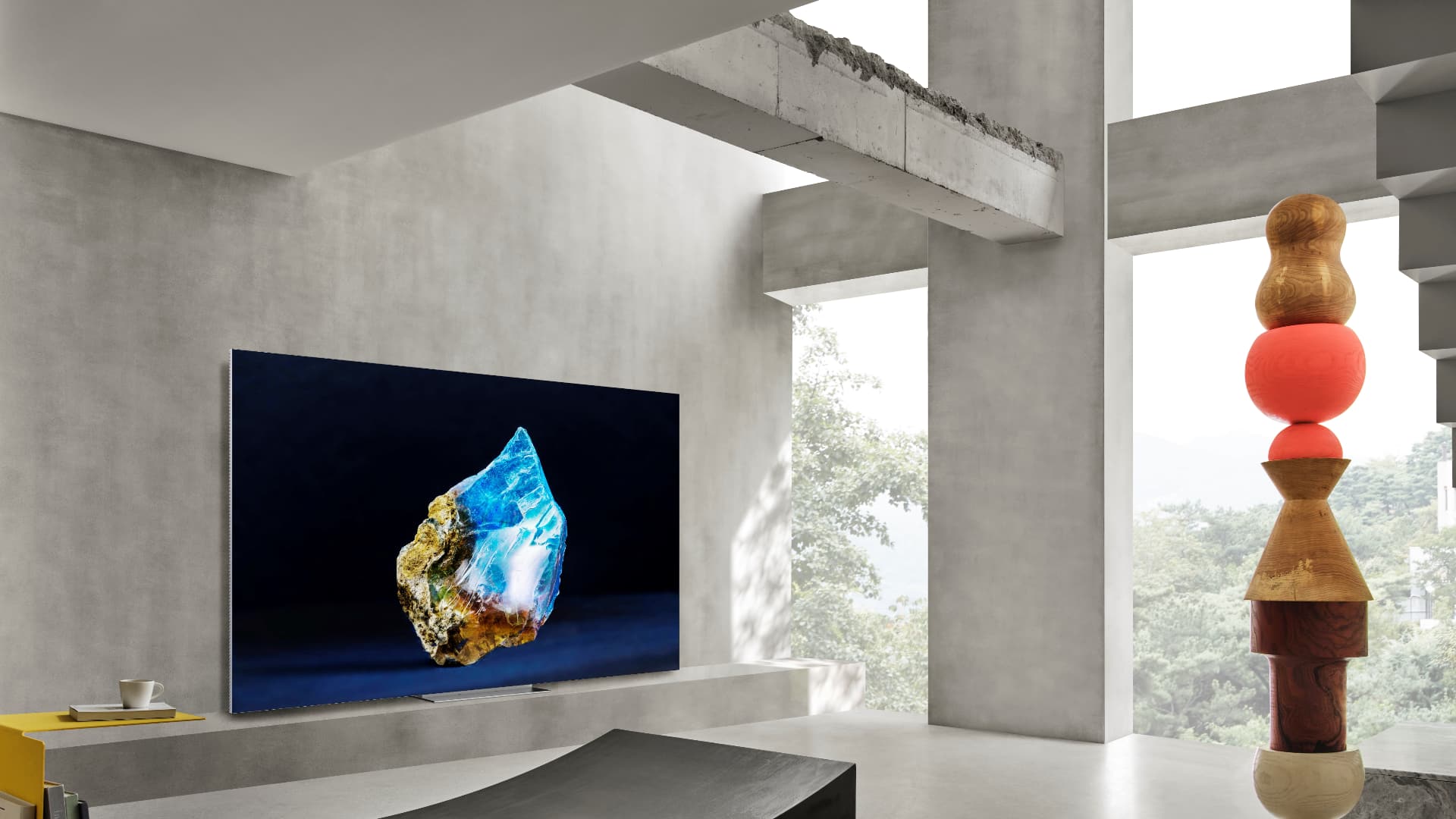
One of the most fecund areas for CES has always been that for new televisions, and 2023 did not disappoint.
First up, if you think there’s a big name missing from the list below we can tell you here and now that it’s Sony. Sony was concentrating on other things in Vegas and had no new TVs on show at all, though it did trail the news that there was an announcement ‘coming soon’ regarding upcoming sets.
Roku, meanwhile, went the opposite way and announced 11 new models of TV sets ranging from 24 to 75-inches. Given that one out of every three TV sets sold in the US runs Roku software already, you can see why they made that choice.
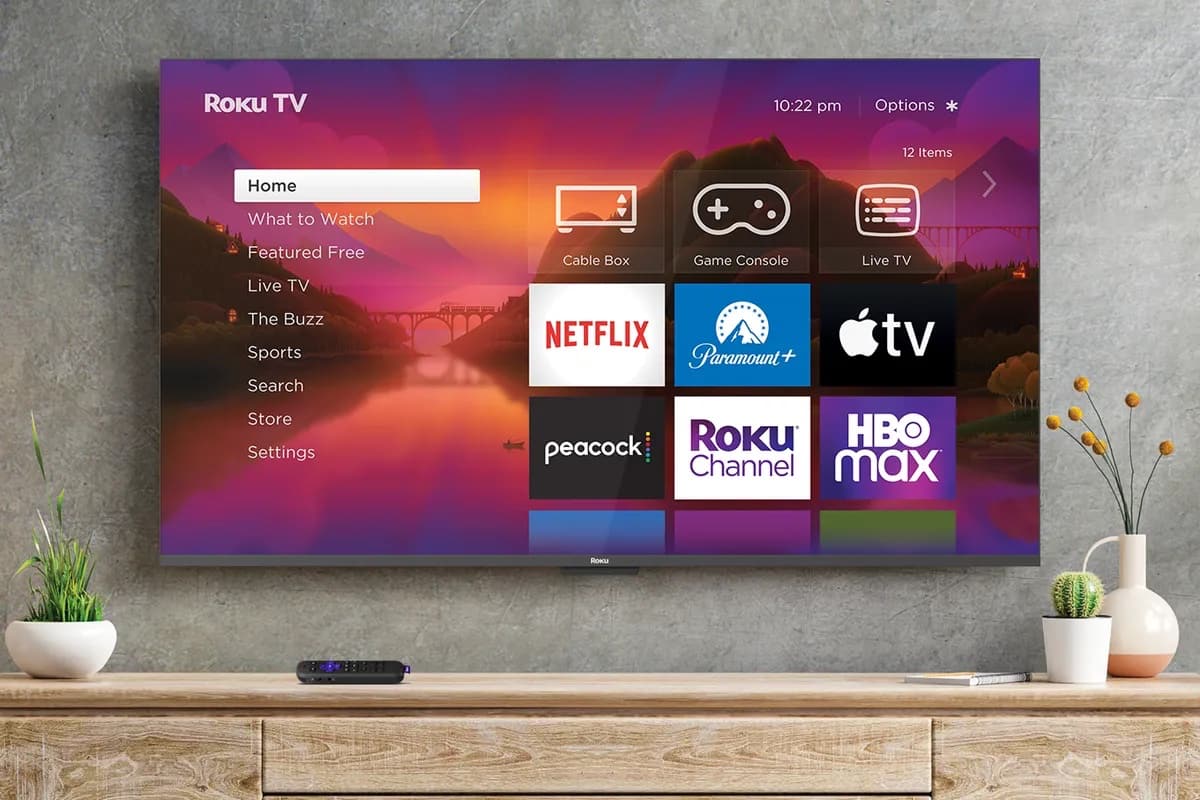
Elsewhere, the sets that caught our eye were…
LG M3 wireless OLED TV
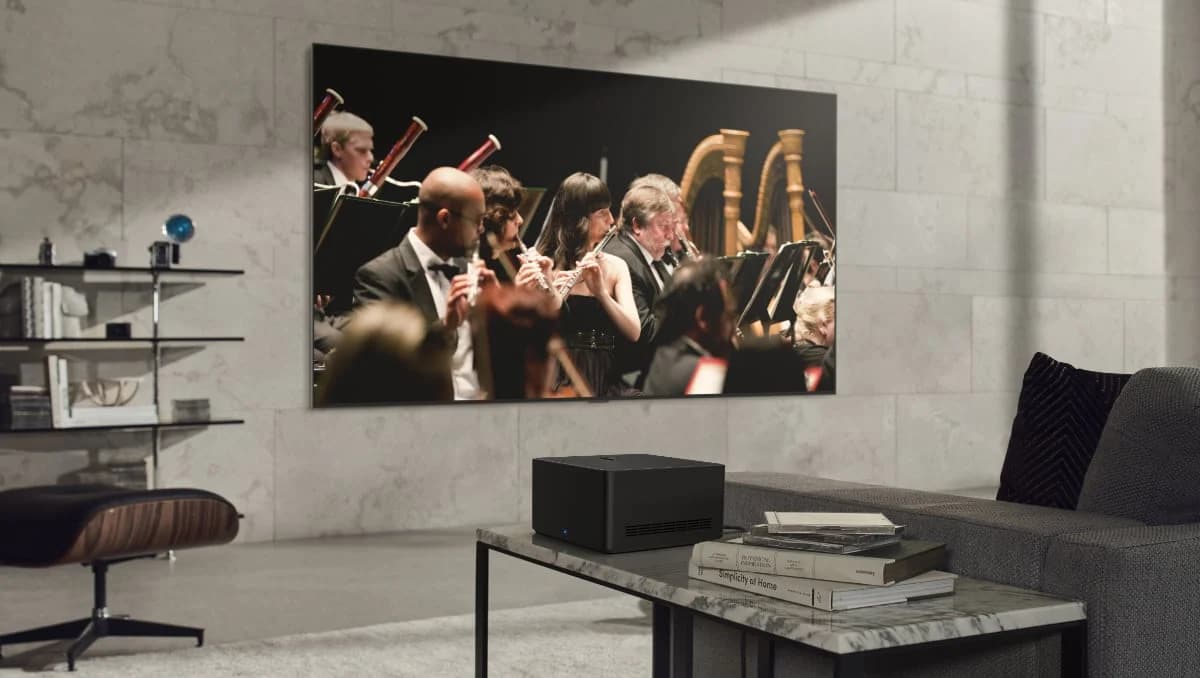 A wireless 4K OLED TV sounds like something straight out of science fiction —and to be honest it still is depending on your definition of wireless. The LGM3 wireless OLED TV still has at least one wire leading into it despite the publicity shots as no one has yet cracked a way of beaming electricity into domestic appliances without frying any passing cats, babies etc, and all the other myriad of safety concerns that would go with such technology.
A wireless 4K OLED TV sounds like something straight out of science fiction —and to be honest it still is depending on your definition of wireless. The LGM3 wireless OLED TV still has at least one wire leading into it despite the publicity shots as no one has yet cracked a way of beaming electricity into domestic appliances without frying any passing cats, babies etc, and all the other myriad of safety concerns that would go with such technology.
So it's wireless only in that it does not need a bouquet of HDMI cables to interface with a dongle or set-top box. All audio and video content is received by the TV totally wirelessly via separate transmitter box, LG, calling the proprietary tech it uses to do this Zero Connect.
Of course, everything has to be plugged in somewhere, and the sound bars, games, consoles, TV pucks, and so on all have to be plugged into the Zero Connect transmission box, but that can be sited somewhere else entirely (range is one of those TBA questions). Effectively it's going to make installs much tidier and neater, but perhaps isn't quite the giant leap forward that some of the press coverage has suggested. And old IR remotes are going to have to be waved in the direction of something somewhere…
Perhaps more impactful for more people from LG will be the new Personalised Picture Wizard the company debuted. Rather than dig your way through menus to try and set up picture preferences, it presents you with a series of images and you simply choose the ones that look best to you. You do this six times and it creates a selectable preset based on the colour, contrast, and brightness levels you selected. It’s a neat idea and one you suspect will be copied very quickly.
Panasonic MZ2000 OLED TV
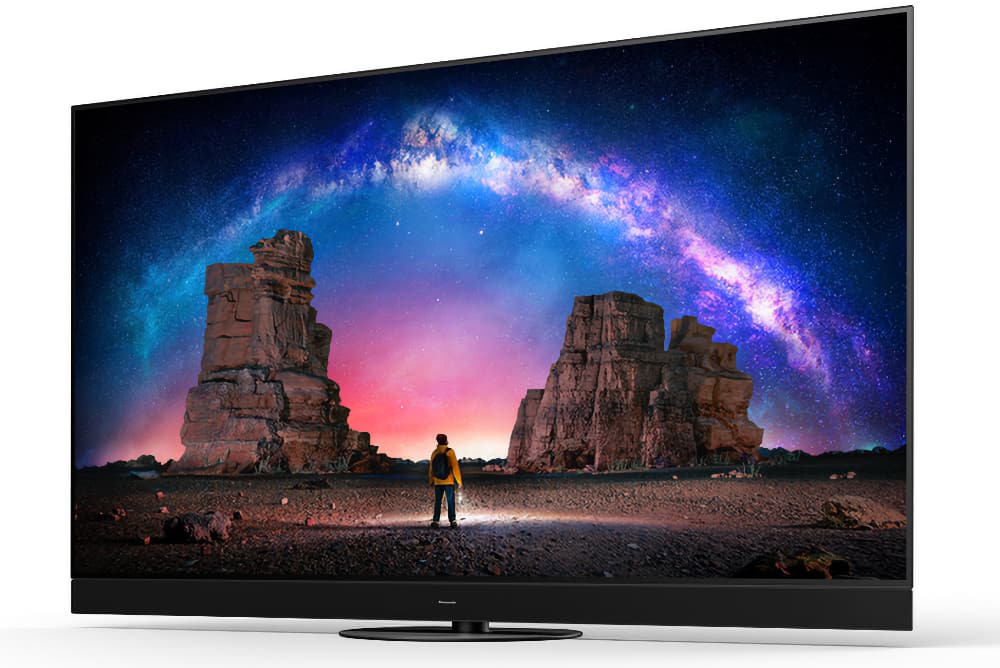 Panasonic reckons that its new MZ2000 OLED TV delivers its best and brightest picture ever. It's a bold claim, but the new LED panel is powered by Panasonic HCX Pro AI processor and also features a multilayer, heat management system and microlens technology to improve max brightness by 150% over last year's model. This brings the peak brightness of the set to an impressive 1500 nits.
Panasonic reckons that its new MZ2000 OLED TV delivers its best and brightest picture ever. It's a bold claim, but the new LED panel is powered by Panasonic HCX Pro AI processor and also features a multilayer, heat management system and microlens technology to improve max brightness by 150% over last year's model. This brings the peak brightness of the set to an impressive 1500 nits.
The company is also going out of the way to improve the audio quality of the set as well, adding a Technics-tuned Dolby Atmos system with multiple speakers spraying out audio in all directions.
Samsung S95C QD-OLED TV
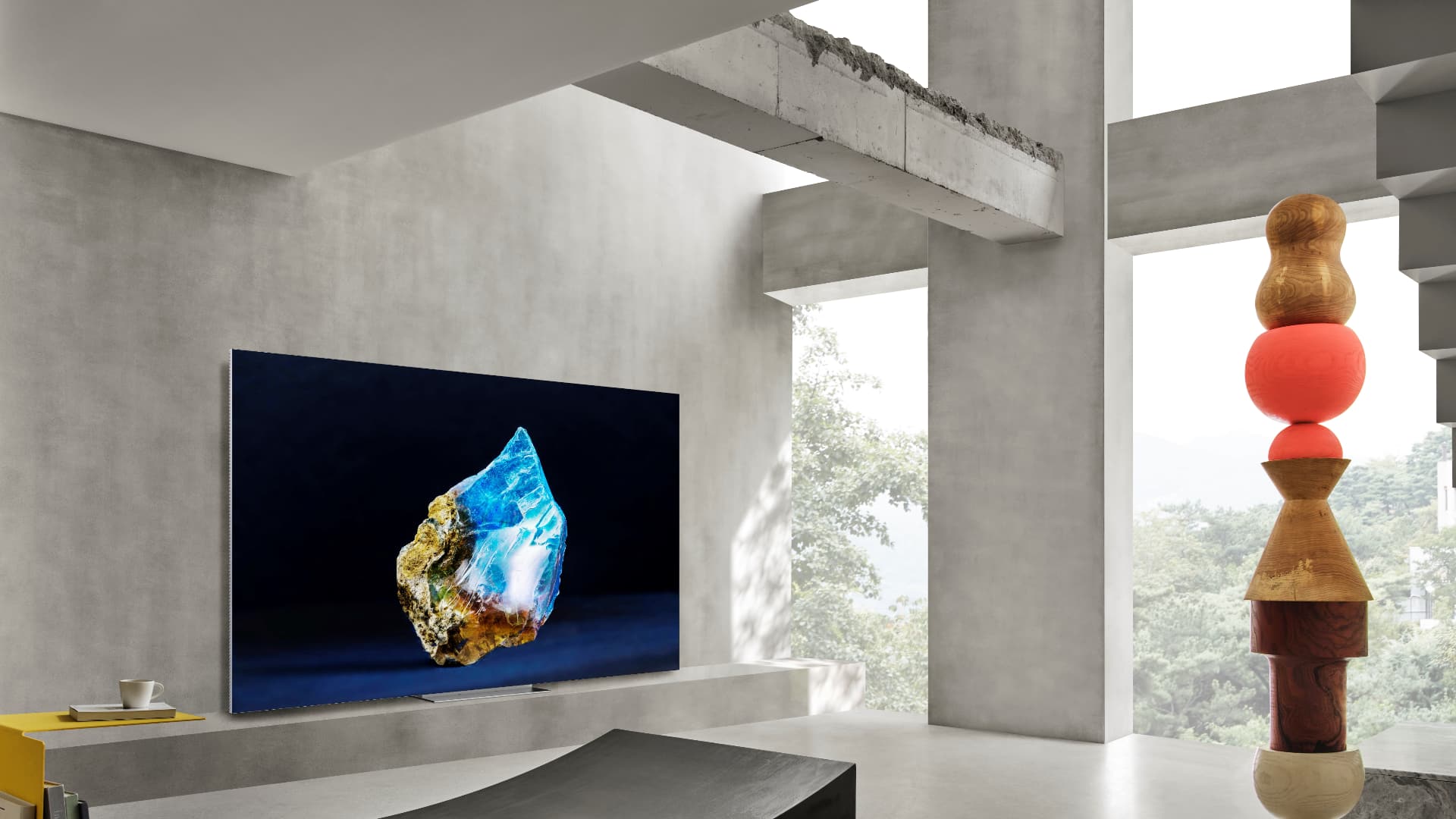 Two new QD (Quantum Dot) OLED sets were announced by Samsung. Both will come in 55-inch, 65-inch, and 77-inch sizes, making a total of six new sets all in all.
Two new QD (Quantum Dot) OLED sets were announced by Samsung. Both will come in 55-inch, 65-inch, and 77-inch sizes, making a total of six new sets all in all.
The S90C sets ship with a One Connect Box — essentially a single-cabled version of what the LG M3 now offers that Samsung has been offering in various guises for around five years now — and two down-firing drivers. The more expensive S95C range has a slimmer One Connect box, can be mounted flush against a wall, and features up-firing and down-firing drivers. Both sets are based around a native 144 Hz panel.
What is also very impressive here is the amount of progress made in a short space of time with Quantum Dot technology. Samsung reckons its displays hit a maximum peak brightness of 2000 nits this year, approximately double what it could do in 2022 and they do this with an increased power efficiency of up to 25% as well.
The company is also deploying AI in interesting ways, it's Neo QLED range including a new Auto HDR Remastering feature that analyses SDR signals and applies real-time HDR effects on a scene by scene basis. No idea what it looks like yet, but we’ll let you know.
Leica Cine 1 Laser TV
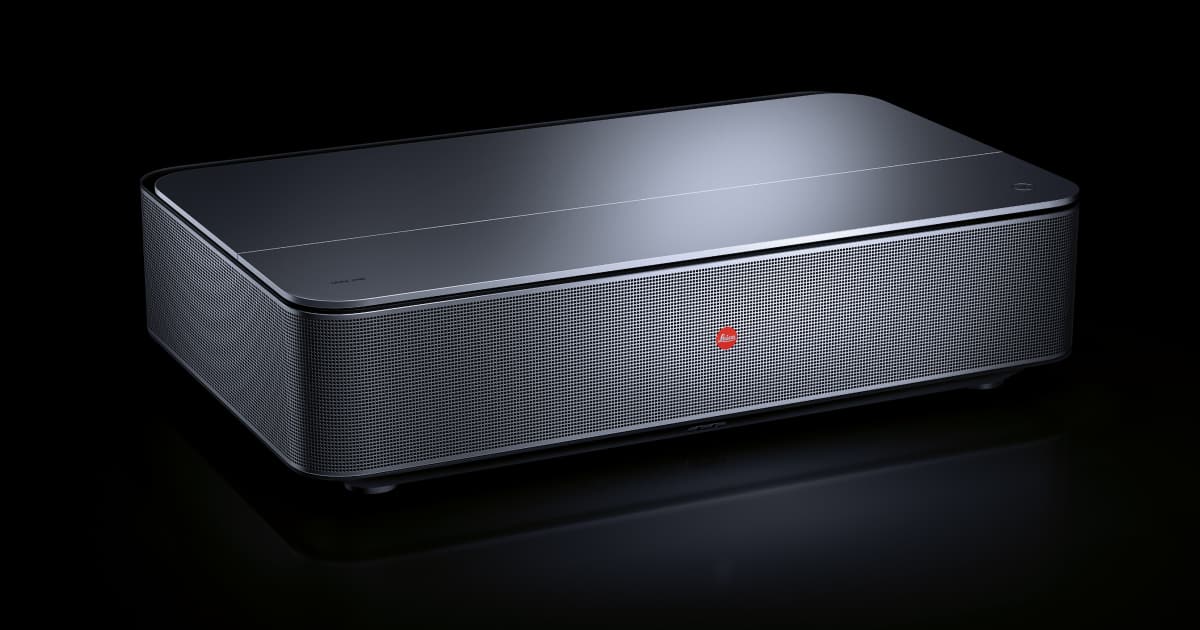 Not a TV as such, but you're including it here for the sheer novelty of talking about Leica in this context.
Not a TV as such, but you're including it here for the sheer novelty of talking about Leica in this context.
Leica announced last year that it was partnering with Hisense to make laser TVs, and this is the first fruit of that union. It's essentially an ultra short throw projector that ships with an inbuilt TV tuner and is designed to drive seriously big screens; there are only two options, 100-inch or 120-inch. It’s a native 2K unit that upscales to 4K using various proprietary and high quality means, and the company reckons it will do that for a lifetime of about 25,000 hours. The box features all the bells and whistles you would expect from a top end TV, and also boasts a top-end cost of $8295 (100-inch) and $8999 (120-inch).
Tags: Technology TVs


Comments